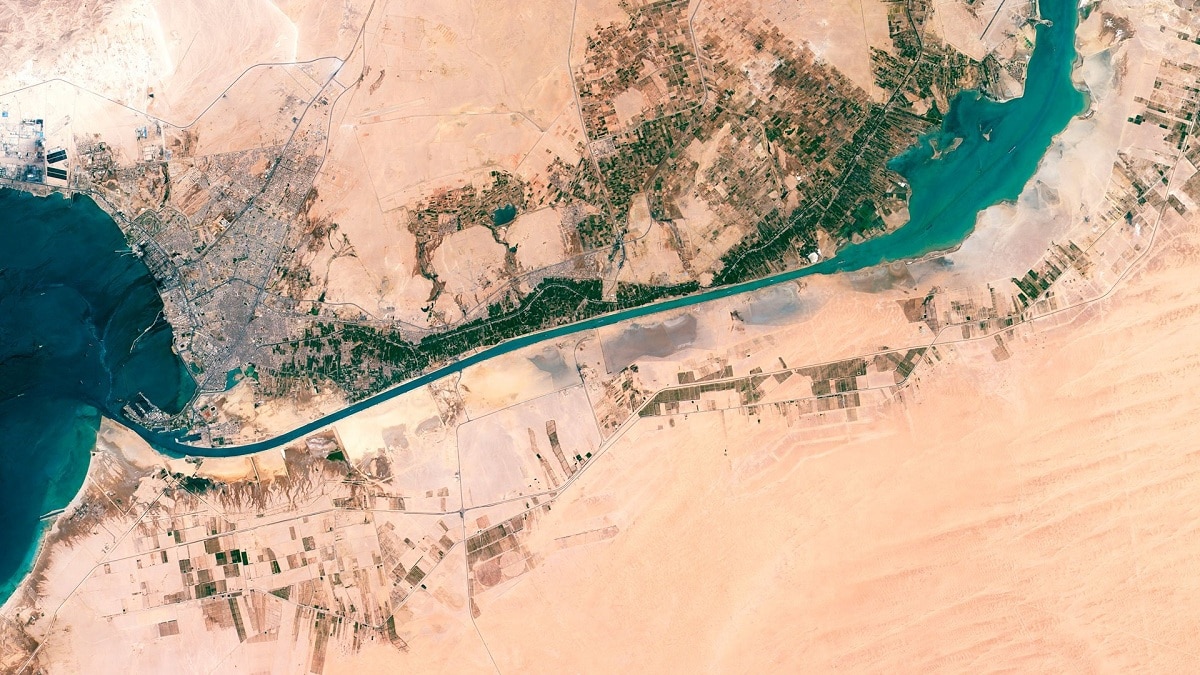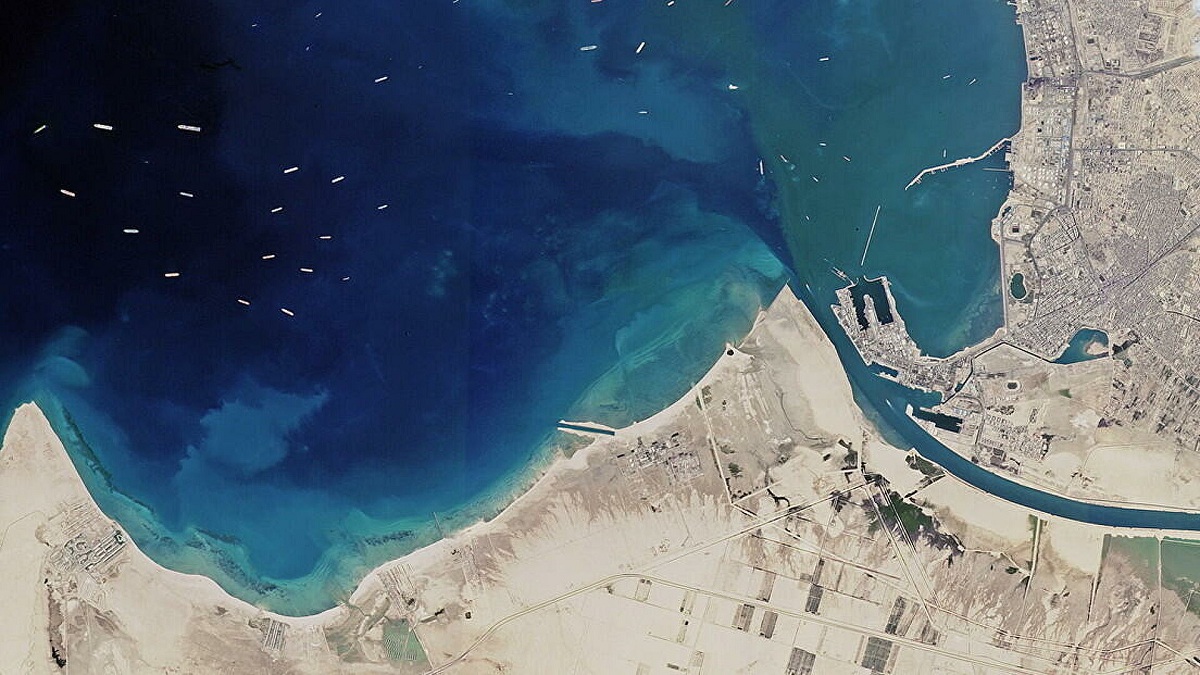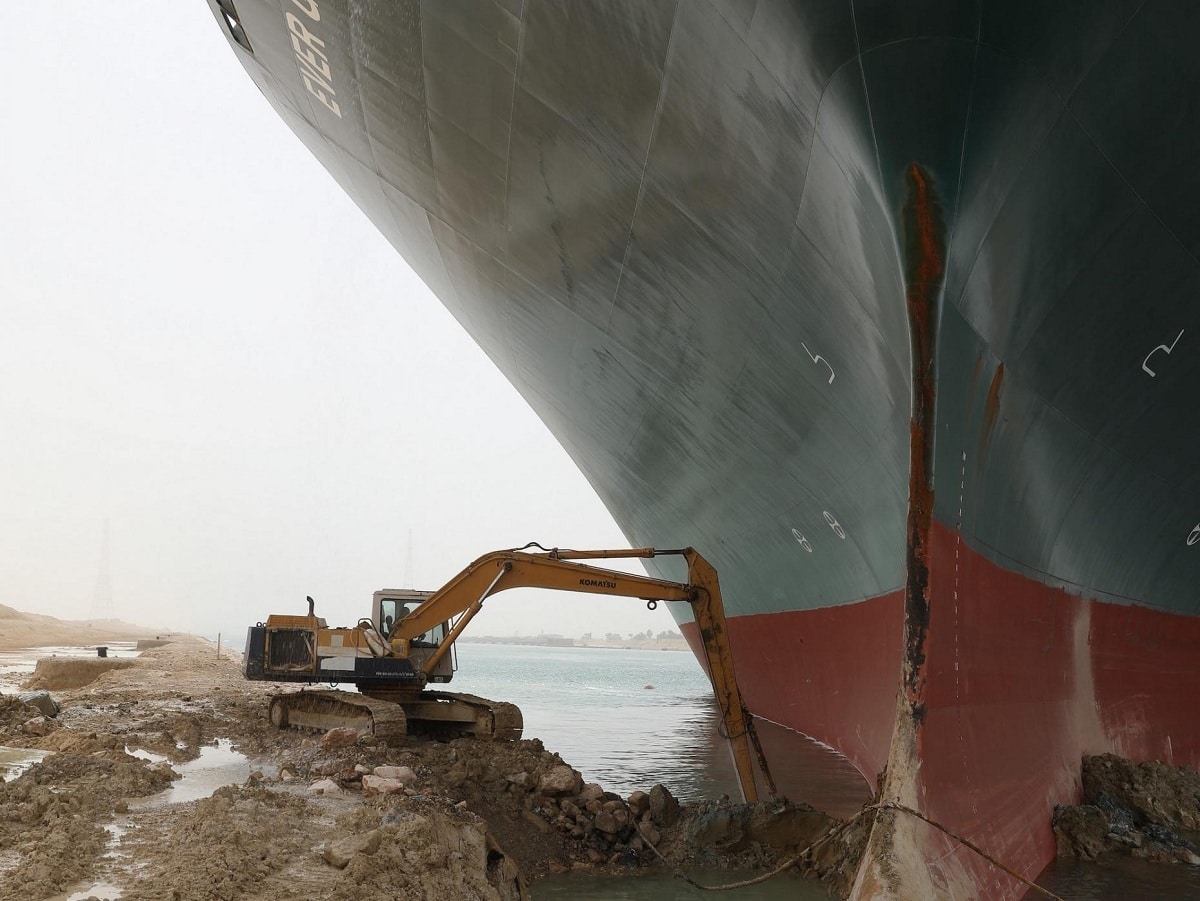
The human being has been the protagonist of numerous architectural feats. The creation of a canal that could connect the Red Sea with the Mediterranean Sea was the inspiration of ancient civilizations that have populated the Isthmus of Suez. There have been several attempts until the end was built Suez Canal. The route is of great importance from the economic point of view and has behind it a great and quite interesting story that we are going to tell here.
In this article we are going to tell you everything you need to know about the Suez Canal, its construction and history.
Suez canal design

We do not go back until the first attempts to build this canal in the XNUMXth century BC. At that time, Pharaoh Sesostris III ordered the construction of a canal that could connect the River Nile with the Red Sea. Although it had a fairly small space, it was more than enough to accommodate all the boats of the time. This route was widely used until the middle of the XNUMXth century BC. The desert was large enough that it gained a large part of the land to the sea, blocking the exit to it.
For this reason Pharaoh Neco tried to reopen the canal without any success. More than 100.000 men died in the attempt to reopen the canal. It is after a century that the king of Persia, Darius, it put into operation the works to be able to recover the southern part of the canal. The idea was to bring a channel through which all vessels could pass directly to the Mediterranean without going through the Nile River. The works ended 200 years later under the mandate of Ptolemy II. The layout was practically identical to the current Suez Canal.
There was a difference of nine meters between the water level of the Red Sea and that of the Mediterranean Sea, so this had to be taken into account in the calculations for the construction of the canal. During the Roman occupation of Egypt, significant improvements were experienced that could boost trade. However, after the departure of the Romans this canal it was abandoned again and was not used for anything. During the domination of the Muslims Caliph Omar was in charge of its recovery. After a whole century in operation it was again reclaimed by the desert.
We must bear in mind that the desert has a continuous dynamic over time and that the sand can devastate everything in its path.
History of the Suez Canal

The existence of the Suez Canal remained completely hidden since then for a thousand years. Until the arrival of Napoleon Bonaparte who arrived in Egypt in 1798. Among the group of scholars who accompanied Napoleon there are some renowned engineers and he had specific orders to inspect the isthmus in order to verify the viability of opening a canal that could allow the passage of troops and goods to the East. The main objective of the canal is and has been the commercial routes.
Despite discovering traces of the ancient pharaohs in the search for a way to reopen the canal, the engineer of terms of its construction was totally impossible. As there were nine meters of difference between the two seas, it did not allow its construction. Years passed, kilometer that increased was the need to open this sea route.
Already in the middle of the industrial revolution, East Asian trade had ceased to be a luxury and had become vital for the economic growth of all the major European powers. In 1845, one more road was added, which was the first Egyptian railway line connecting Alexandria with the port of Suez. There was an overland route through the Sinai desert but it was very impractical due to the volume of cargo that the caravans could carry. Trade in these areas was not at all optimal.
The first railway science line was quite useful for the transport of passengers but insufficient for the transport of goods. It could not compete with the new steamships that existed at that time, which were much faster and with greater load capacity.
His construction
Finally, the works for the construction of this canal began in 1859 by the French diplomat and businessman Ferdinand de Lesseps. After 10 years of construction, it was inaugurated and became one of the largest engineering works in the world. Thousands of workers such as Egyptian peasants worked forcibly and about 20.000 of them died due to the harsh conditions in which the construction was carried out. It is the first time in all of history that excavation machines that were specifically designed for these works were used.
France and the United Kingdom managed this channel for some years but the President of Egypt nationalized it in 1956. This unleashed an international crisis known as the Sinai War. In this war, Israel, France and the United Kingdom attacked the country. Later, between 1967 and 1973 there were Arab-Israeli wars, such as the Yom Kippur War (1973).
The last renovation of the Suez Canal was in 2015 with some expansion works that has caused numerous controversies since it has reached the capacity and total length that it currently has.
Economic importance

Nowadays it has become somewhat more famous to alternate due to the Grounding of the Ever Given vessel, which has more than 300 ships and 14 tugboats working on its tail hard to recover the maritime traffic in the area.
The economic importance basically resides in the fact that some 20.000 ships pass through this canal by hand and it is a fully navigable canal used in Egypt. Thanks to this, the whole region has become something prospered thanks to commercial exchanges. It allows maritime trade between Europe and South Asia and has a fairly strategic location.
I hope that with this information you can learn more about the Suez Canal, its construction and its history.